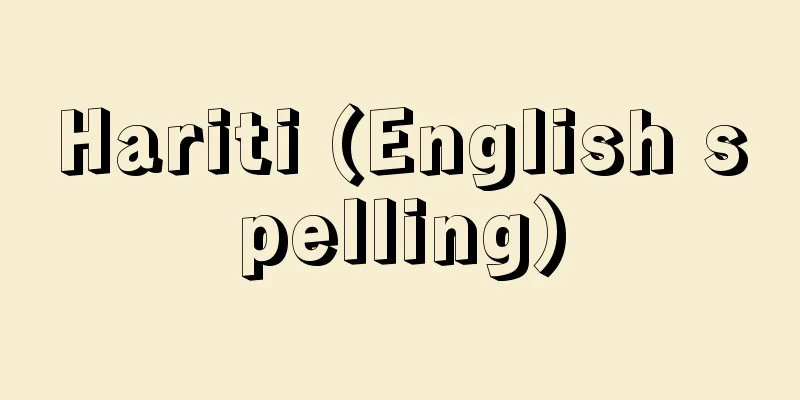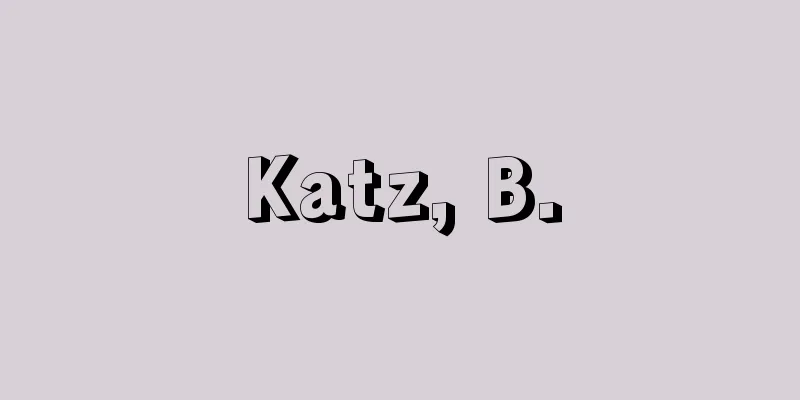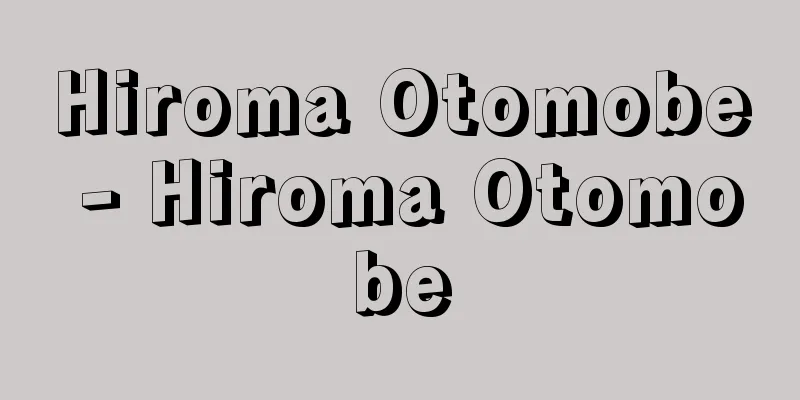Offering of sutras - Noukyou

|
This refers to the dedication of sutras such as the Lotus Sutra to temples and shrines. This method, which linked the merit of copying sutras to faith in sacred places and enhanced the value of it, began around the latter half of the 12th century, and was often carried out by kanjin hijiri (monks who raised funds for the deceased). It has a connection to the earlier practice of burying sutras in sutra mounds. The Heike nokyo, which were donated to Itsukushima Shrine by the clan of Taira no Kiyomori, are also excellent examples of decorated sutras, with the Lotus Sutra at their center. Around the same time, it also became common to donate the Great Perfection of Wisdom Sutra to temples and shrines for recitation. However, the most representative method is the 66-part Nyohokyo (sutra of the law as if it were a set of four sutras). This first appeared at the end of the 12th century, and developed into a national pilgrimage in which people buried the Lotus Sutra at 66 sacred sites across the country, or offered copies of the sutra or recited them, and receipts were issued by the temples and shrines to which they were offered. This rapidly increased in the 16th century, and in the early modern period, it was simplified along with other sacred site pilgrimages, and simply visiting a sacred site came to be called a sutra pilgrimage, or offering money and goods to receive the Three Treasures Seal and temple seal from a temple or shrine, and the stamp book in which these were collected came to be called a sutra pilgrimage book. [Akihide Sugawara] [Reference] |Source: Shogakukan Encyclopedia Nipponica About Encyclopedia Nipponica Information | Legend |
|
『法華経(ほけきょう)』などの経典を寺社に奉納すること。写経の功徳(くどく)を霊場信仰に結び付けて高める方法で、12世紀後半ごろに始まり、多くは勧進聖(かんじんひじり)がかかわった。先行する経塚(きょうづか)への埋経と一連の関係がある。平清盛(きよもり)一門が厳島(いつくしま)社に奉納した平家納経は、『法華経』を中心とする装飾経の優品でもある。同じころから転読に供する『大般若経(だいはんにゃきょう)』を寺社に施入することも多くなる。しかし代表的なのは六十六部如法経(にょほうきょう)の方式である。これは12世紀末に初見し、全国66国の霊場に『法華経』を埋納したり、写経や読誦(どくじゅ)を奉納する回国行として発達し、納経先の寺社からは請取(うけとり)状が出された。これが16世紀に急増、近世には、他の霊場巡礼とともに簡便化し、ただ霊場に参詣(さんけい)するのを納経といったり、金品を納めて寺社から三宝印(さんぼういん)、寺印を受け、これを集めた集印帳を納経帳というに至った。 [菅原昭英] [参照項目] |出典 小学館 日本大百科全書(ニッポニカ)日本大百科全書(ニッポニカ)について 情報 | 凡例 |
>>: Brainstem reticular formation - noukanmouyoutai
Recommend
Takajo [town] - Takajo
A former town in Kitamorokata District, southern M...
Silverfish - Silverfish
…It is widely distributed from the Tohoku region ...
Peirce, B.
…American natural scientist, logician, and philos...
Emptiness
〘 noun 〙 (adjective verb) ① nothingness. from. emp...
Otari [village] - Otari
A village in Kitaazumi District, located in the no...
Audiovisual education - Shichoukakukyoiku (English spelling) audio-visual education
In the narrow sense, it is an area of education...
Epipomponia nawai (parasitic moth)
An insect of the Lepidoptera order, family Parasit...
Eumeces stimpsoni (English spelling)
…[Hiroshi Aramata]. … *Some of the terminology th...
Ultrabasic rock
Ultramafic rock is also called ultramafic rock. A ...
Sergey Aleksandrovich Esenin
Russian lyric poet. Born to a peasant family in R...
Kanmuriyama Tunnel
...At the southern foot of Mt. Kanmuriyama lies t...
Ma Mingxin (English spelling)
?-1781 A Muslim leader active in Gansu and Qinghai...
"Gyoki Shikimoku"
...Also, the poem "When I hear the mountain ...
Family planning
It is the planned regulation of the number of chi...
Shuster, J.
…The first superhero in American comic books. Cre...









